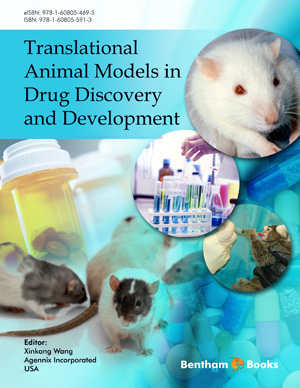Abstract
Stroke is a leading cause of death and disability worldwide. Effective intervention for acute stroke remains to be a significant unmet medical need. In the past several decades, a large number of therapeutic-pharmacological agents have been evaluated in preclinical models with many advancing to late stages of clinical study. However, all potential interventions (with the exception of the approval of early thrombolysis using recombinant tissue plasminogen activator; tPA) have failed. To address this translational gap, a series of meetings by the Stroke Therapy Academic Industry Roundtable (STAIR) has conducted and has made recommendations over the past decade in order to provide guidance to the stroke research community in the development of novel stroke therapeutic interventions. In spite of these efforts, large clinical studies have continued to fail. This chapter describes the most commonly used preclinical stroke models that have been applied to novel drug discovery, including critiques and translational perspectives of their advantages and limitations. Furthermore, novel biomarkers are used in stroke intervention research, including the monitoring of salvageable brain tissue as a therapeutic index of potential protection. For example, the measurement of the ischemic penumbra is discussed as an important means to more accurately assess and translate the efficacy of therapeutic agents from animal models to man.
Keywords: Animal model, biomarker, brain ischemia, drug development, drug discovery, MCAO, penumbra, rat, stroke, translational medicine, translational model.






















